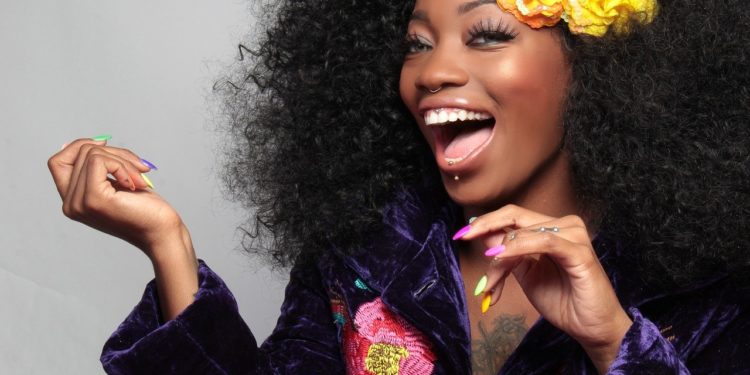I’m often asked why we put on so many sessions on non-Diversity-related topics. What’s the connection, they say, between Using Humour, for instance, and Diversity and Inclusion? Why offer sessions on Office Politics and Imposter Syndrome when they don’t really develop our capacity for different views or make us more tolerant?
Because, I say to them, there IS a connection, a very strong one!
Emotional Intelligence (EQ) is the Gateway to Diversity and Inclusion:
What all our sessions have in common is that they develop our Emotional Intelligence; they make us more self-reflective, help us understand the motivation behind our behaviour (and that of others); they help us understand the different stimuli in social settings and develop our confidence in our abilities.
In other words, they develop our EQ; and we believe that emotionally-intelligent people are more inclusive and thereby more open to different views and opinions.
EQ in Brief:
Emotional Intelligence is our ability to be aware of our emotions, to control and express them. It is our ability to interact with other people with empathy and balanced judgment.
People with high EQ are better able to identify and name their own emotions, to harness and apply them in everyday life – both personally and professionally.
The connection between EQ and D&I:
Our biggest problem with recognising and valuing diverse people, views and opinions is our inability to see value in that diversity. We measure everything against the ‘known’ – our own experiences and background. We automatically sort information into familiar patterns in our subconscious brain and if a person or situation doesn’t fit a pattern we know, we typically reject it.
In order to become more ‘open-minded’ – or better able to see more patterns in people’s behaviours, views and attitudes – we need to expand our ability to reflect on our thought processes, on how and why we feel about things and learn to treat others with the same respect as we would like. In order to become more open to diversity, therefore, we need to understand our feelings and how the brain uses them.
How the variety of our content helps develop EQ:
Having established the link between EQ and D&I, we aim to develop Emotional Intelligence in as many ways as we can.
Take our forthcoming session, for instance, Mastering the Art of the Comeback with our resident expert on Leading with Humour, Dr. Vanessa Marcié. In this session, Dr. Marcié explains the different types of humour we use and the psychology behind it. She shows us how to harness it in order to be quicker on our feet when we’re caught off guard. Describing it differently, the workshop shows us how each of us uses humour and how to make it work for us. By becoming aware of how we use humour, we also become more attuned to how others do it. This equips us with a greater tool kit of emotional responses and makes us more creative in our replies – all the while developing our self-awareness and self-regulation.
Why not offer sessions on Emotional Intelligence then?
We do! Like our popular session on Using Emotional Intelligence as a Secret Weapon at Work!
But we also know that, in order for a message to sink in, we need to hear it often and in different ways. So our messaging about the importance of Emotional Intelligence comes in many different ways, including sessions on Networking, Communicating with Presence and Overcoming Imposter Syndrome. All seem unrelated to each other, but of course, they are. They are fundamentally sessions on Emotional Intelligence.
But is all this content still relevant?
Our world is in transition – from whatever it used to be even as recently as a few months ago – to a world that none of us truly recognise yet. Different people, habits, cultures and behaviours are becoming part of the norm. So we need to be ready – personally and professionally. One way in which each of us can prepare – as also advocated by the World Economic Forum – is to use every experience we have as a learning experience. Learning from everything that we may deem irrelevant is the key to being prepared for the unforeseeable or new.
Put differently, there is no irrelevant experience. While you may not need to prepare for that unexpected comment, your understanding of how to use humour with others without overstepping the boundary is something that will undoubtedly serve you well in future interactions.
So, yes, being funny does make us more open to diversity.









